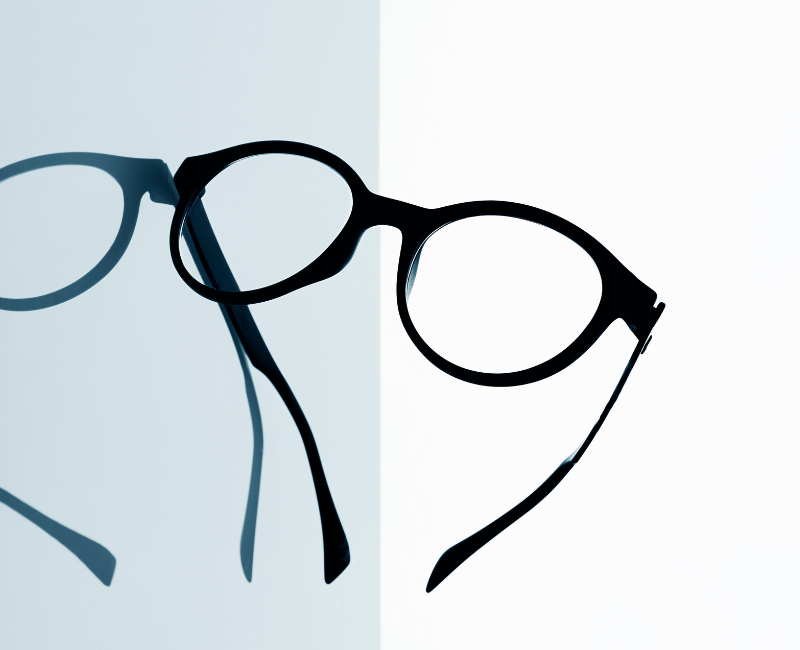Bifocal Lenses: Adapting to Varied Focal Points
Bifocal lenses have been a game-changer for individuals dealing with both nearsightedness and farsightedness. These lenses are divided into two distinct sections, each designed for a specific viewing distance.
- The Upper Segment (Distant Vision): The top portion of bifocal lenses is crafted for viewing objects at a distance. This is especially helpful for activities like driving, watching television, or admiring scenic vistas.
- The Lower Segment (Near Vision): The lower section is optimized for reading or tasks that require close-up focus, such as reading a book, sending a text message, or working on a computer.
The distinctive line between the two segments allows for a noticeable shift when looking from near to far and vice versa. While incredibly effective, some individuals may find the transition abrupt, especially during activities that require intermediate vision.
Progressive Lenses: A Seamless Blend of Focal Ranges
Progressive lenses, also known as no-line bifocals, represent a refined evolution of traditional bifocal lenses. They eliminate the telltale line found in bifocals, offering a smooth and continuous transition between different focal ranges.
- Near Vision: The lower portion of progressive lenses caters to close-up tasks, such as reading or working on a computer.
- Intermediate Vision: The middle section of the lens is tailored for intermediate distances, making them ideal for activities like using a smartphone, cooking, or working at arm’s length.
- Distant Vision: The uppermost part is optimized for viewing objects at a distance, providing clear vision for activities like driving or enjoying a movie.
Advantages of Progressive Lenses
- Natural and Seamless Vision: Progressive lenses eliminate the abrupt transition found in bifocals, offering a more natural and comfortable visual experience.
- Versatile for Various Activities: These lenses cater to a wide range of activities, from reading a book to using a computer and even driving.
- Aesthetically Appealing: Without the visible line of bifocals, progressive lenses maintain a clean and aesthetically pleasing appearance.
- Adaptability: As our eyesight changes over time, progressive lenses provide a versatile solution that can be adjusted to suit evolving visual needs.
Conclusion
In the quest for clear, focused vision, both bifocal and progressive lenses offer invaluable solutions. Whether you prefer the distinct divisions of bifocals or the seamless transition of progressive lenses, these eyewear options provide clarity at any distance.


